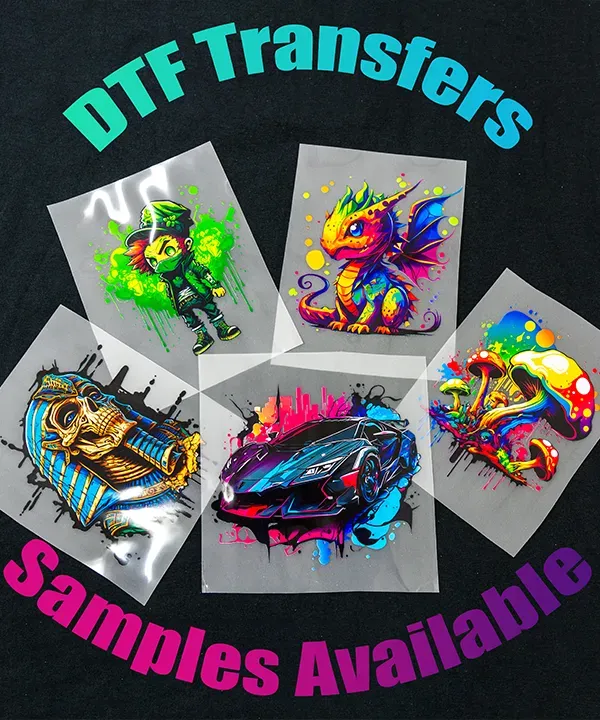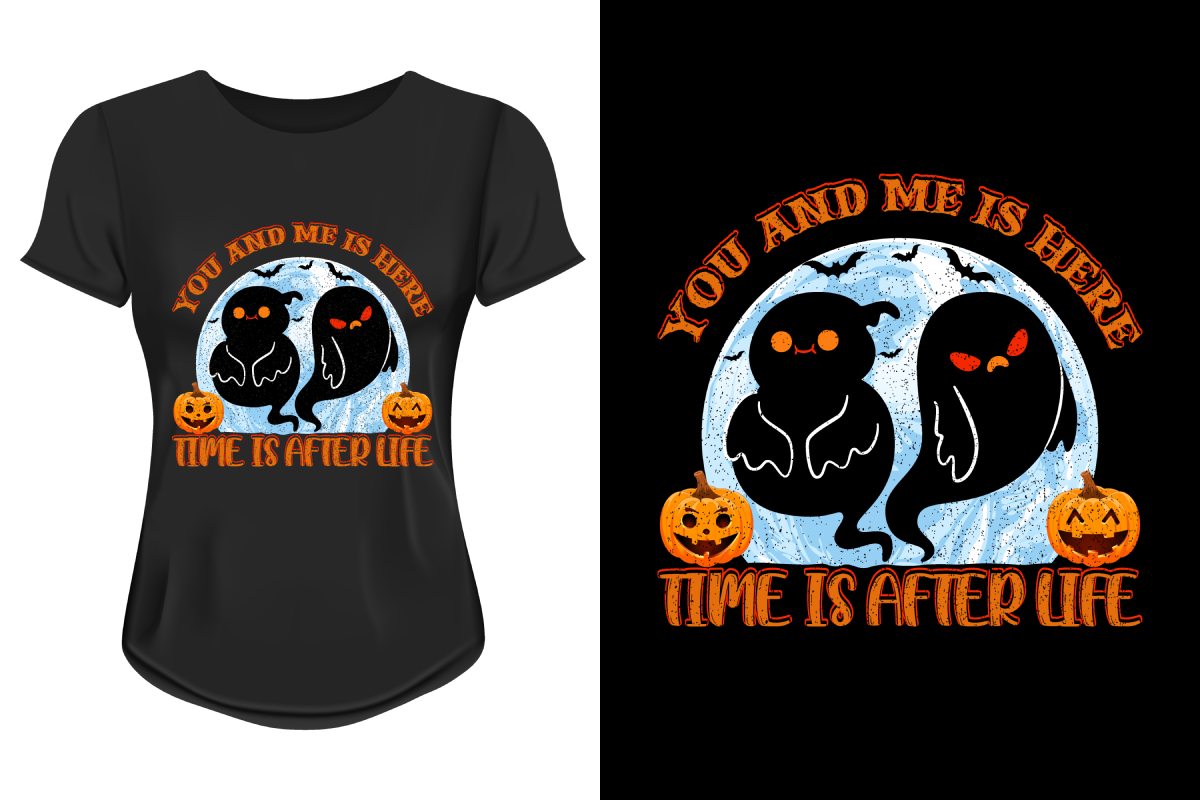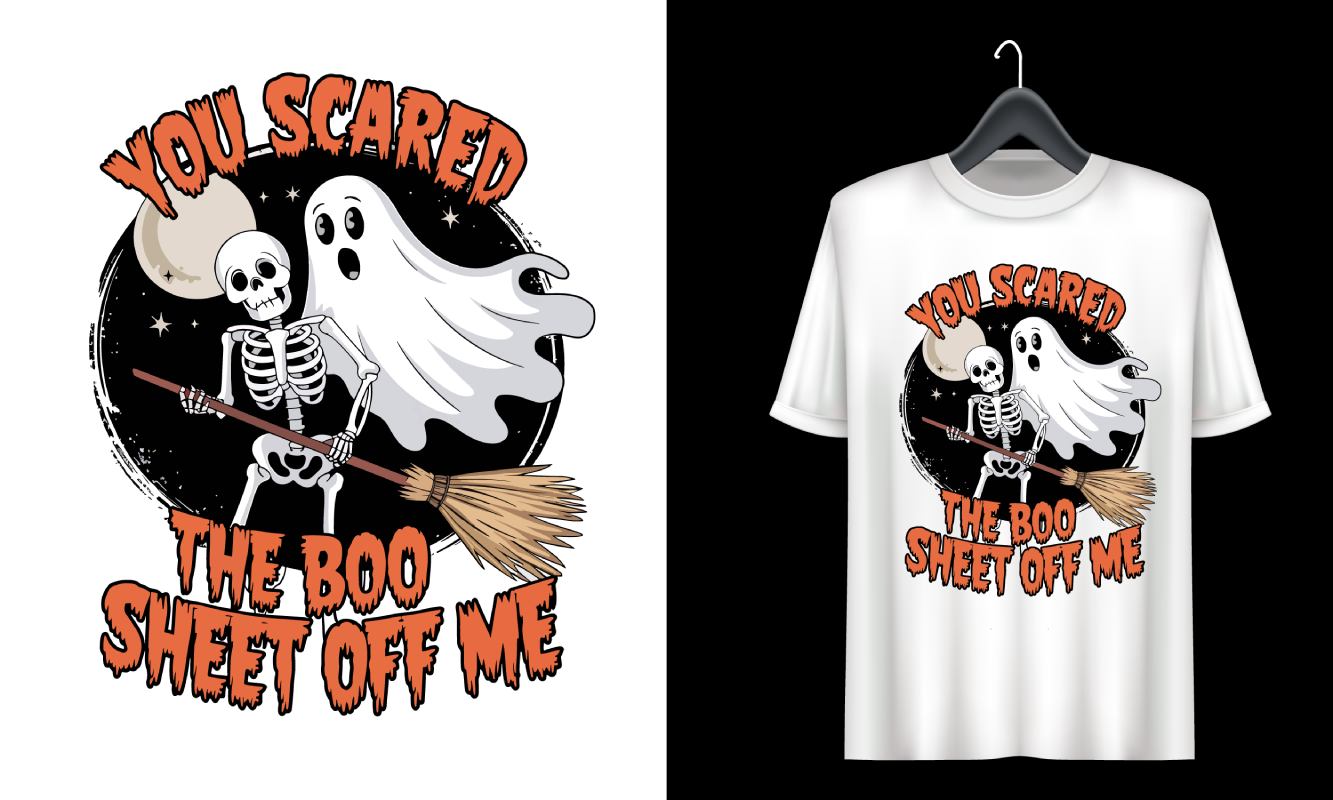DTF transfers, or Direct to Film transfers, are revolutionizing the custom printing landscape, offering businesses incredible options for creating unique fabric designs. This advanced technique employs a specialized printing process where designs are printed onto a film that can then be heat pressed onto a variety of materials. One of the standout features of DTF printing is its ability to produce exceptionally vivid colors and high durability, making it an attractive alternative to traditional screen printing. As the adoption of DTF printer setups grows, many printing shops are discovering how seamlessly this method integrates with their workflows. If you’re interested in exploring this innovative approach to fabric printing, our comprehensive guide will help you navigate the essentials of DTF heat press and printing technology.
The world of custom fabric printing is rapidly evolving, with methods like Direct to Film (DTF) printing taking center stage. This process, which involves transferring designs directly onto a specially treated film before applying them to fabrics, is ushering in a new era of vibrant and durable prints. Not only does DTF printing serve as a fantastic alternative to traditional screen printing, but it also caters to a wide range of fabrics, making it a versatile choice for businesses. With the right DTF printer setup and heat press, you can produce high-quality garments that exceed customer expectations. This guide is designed to introduce you to the fundamentals of DTF technology, ensuring that you are well-prepared to embrace this exciting printing solution.
Understanding the DTF Printing Process
The Direct to Film (DTF) printing process involves several crucial stages that contribute to the creation of vibrant and durable textile designs. Initially, a high-quality inkjet printer, preferably one that has been upgraded for DTF, is used to print designs on a special film. After printing, a layer of powder adhesive is applied while the ink is still wet, which is pivotal for the transfer process. By then applying heat and pressure with a heat press, the adhesive activates, ensuring the ink adheres effectively to the fabric. This meticulous approach is one of the reasons why DTF transfers are increasingly preferred over traditional methods like screen printing.
Moreover, the DTF printing process is highly adaptable, making it suitable for various types of fabrics, including cotton and polyester blends. This flexibility allows businesses to cater to a wide range of clients, whether for custom apparel, promotional items, or finer fashion wear. As the demand for versatile printing techniques grows, understanding the nuances of the DTF process becomes essential for any printing shop wishing to stay competitive in the evolving market.
Essential Equipment for DTF Transfers
Getting started with DTF transfers requires specific equipment that ensures efficient operation and quality output. Firstly, a compatible inkjet printer, such as an Epson model, is crucial for achieving optimal print results. Alongside this, a heat press is non-negotiable; choosing between a swing-away or clamshell model largely depends on your shop’s layout and workflow preferences. Each piece of equipment plays an integral role in ensuring that your DTF printing process is seamless and successful.
In addition to printers and heat presses, it is essential to invest in quality DTF inks and transfer films. The inks should be designed specifically for DTF applications to ensure vibrant color output and durability on various fabrics. Furthermore, purchasing high-quality adhesive powders is just as important, as these ensure the designs remain intact even after multiple washes. Essentially, the right setup not only enhances production capabilities but also greatly influences the quality of the final products.
Design Tips for DTF Transfers
Creating designs for DTF transfers is an art in itself. Utilize graphic design software like Adobe Illustrator to craft your imagery. It’s essential to always flip your designs horizontally before printing, as this prevents any mirroring effects when the transfer is applied. Paying close attention to resolution and color schemes can dramatically enhance the visual impact of the final product, ensuring clients are satisfied with the results.
Furthermore, consider the fabric choices when designing. Different materials react differently to DTF transfers, and understanding how your design will appear on various fabrics is crucial. Testing designs on sample swatches before committing to larger production runs allows for adjustments that can lead to even better final outcomes. This attention to detail not only optimizes the print quality but also reinforces your shop’s reputation for excellence.
Proper Techniques for Applying DTF Transfers
The application process for DTF transfers can significantly impact the longevity and appearance of the final product. Once the design is printed on the film and coated with the adhesive powder, the application is straightforward. Use your heat press to first press the dusted film to a preheated surface, activating the adhesive, and then firmly press it onto the target fabric to ensure even adhesion. This dual-press strategy maximizes the sticking power of the adhesive and allows for a cleaner transfer.
It’s important to follow the manufacturer’s instructions regarding temperature and pressure settings during the heat pressing phase. These specifications are tailored to the specific types of films and inks used, and adhering to them will help to prevent common issues such as fading or peeling of the design over time. By mastering this step, you ensure the durability and quality of your custom printed items.
Post-Processing Guidelines for DTF Printed Items
After the heat pressing is complete, the cooling phase is critical in the DTF transfer process. Allow the printed fabric to cool down fully before handling, as premature removal can compromise the adhesive bond. Following this step diligently will enhance the stability of the design, protecting it from issues that arise during washing or prolonged wear.
Additionally, educating your clients on proper garment care is vital for preserving the quality of DTF prints. Providing washing instructions that recommend cold water cycles and avoiding harsh detergents can significantly extend the lifespan of the printed designs. By emphasizing these practices, you help promote client satisfaction and repeat business, solidifying your reputation as a reliable printing service provider.
Enhancing Your Skills in DTF Printing
Continual learning and skill enhancement are key components of succeeding in the DTF printing business. Consider attending workshops or online courses dedicated to DTF technologies; these platforms not only share best practices but also introduce you to troubleshooting tips that can enhance your operational efficiency. Staying updated with industry trends also ensures your printing techniques remain relevant and competitive.
In addition to formal education, engaging with printing communities can be invaluable. Networking with other professionals in DTF printing through online forums or social media groups allows for the exchange of ideas and troubleshooting experiences. This camaraderie within the industry fosters an environment of growth and support, enabling you to overcome challenges and capitalize on opportunities in the market.
Frequently Asked Questions
What is the DTF printing process and how does it work?
The DTF printing process, or Direct to Film printing, involves printing designs onto a special treated film. After printing, powdered adhesive is applied to the wet ink, which is then heat pressed onto various fabrics. This method ensures vibrant colors and durable prints, making it a favored choice for businesses looking for effective screen printing alternatives.
What equipment is needed for DTF printer setup?
To set up a DTF printer, you need a quality inkjet printer compatible with DTF technology, a reliable heat press (swing-away or clamshell), DTF transfer film, and specialized DTF inks. Additionally, using powder adhesive designed for DTF transfers is crucial for successful application.
Are DTF transfers a viable alternative to traditional screen printing?
Yes, DTF transfers are a popular screen printing alternative due to their ability to produce high-quality, vibrant designs on various fabrics. They are often more cost-effective and easier to set up, allowing for quicker turnaround times compared to traditional screen printing methods.
How do you apply DTF heat press correctly?
To apply DTF heat press correctly, first preheat the heat press. Then, place the DTF film on the fabric and press it at the appropriate temperature and time specified for the materials used. Ensure that the adhesive powder is correctly activated during the process for optimal adhesion.
What are the best practices for maintaining DTF prints after application?
To maintain DTF prints, it’s essential to follow the washing guidelines provided after application. Using cold water and avoiding bleach will help preserve the vibrancy and durability of the print. Regularly checking the quality of inks and films used in DTF transfers can also ensure long-lasting results.
Can you use any printer for DTF printing?
Not all printers are suitable for DTF printing. It is best to use high-quality inkjet printers, such as certain Epson models, preferably modified with DTF-specific nozzles. This ensures optimal performance and print quality necessary for effective DTF transfers.
| Key Steps | Details |
|---|---|
| 1. Equipment Needed | – High-quality inkjet printer (preferably Epson) – Reliable heat press (swing-away or clamshell) – Powder adhesive – DTF transfer film |
| 2. Materials and Inks | – Quality DTF inks (preferably pigment inks) – Transfer papers and compatible adhesives |
| 3. The Printing Process | – Create designs using graphic software, ensuring images are flipped horizontally. – Print onto DTF film with proper film loading. |
| 4. Applying the Transfer | – Sprinkle powder adhesive on the wet ink. – Use the heat press to fuse the design onto the fabric, first pressing the powder-covered film, then the final transfer to the fabric. |
| 5. Post-Processing | – Allow the garment to cool and follow washing guidelines for longevity. |
Summary
DTF Transfers are revolutionizing the printing industry by offering a modern approach to applying intricate designs onto fabric. As established in the guide, starting with DTF transfers can significantly enhance your printing business, attracting a broader clientele interested in vibrant, durable designs. Each step, from acquiring the right equipment and materials to mastering the printing process and post-processing, is essential for achieving high-quality results. Embracing this innovative technology not only elevates your offerings but also positions your shop for future success in a competitive market. Stay informed about best practices and ongoing trends to ensure that your venture into DTF Transfers is fruitful.



